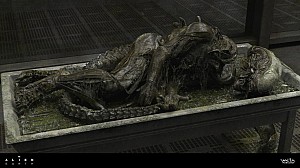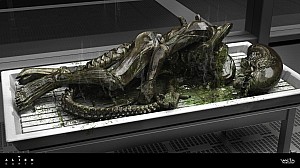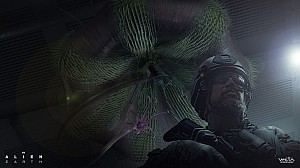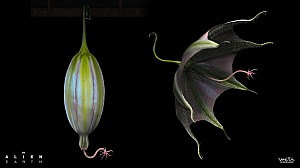Linguistic View - Advanced Civilizations
Prometheus Forum Topic

Sky
MemberOvomorphMay 15, 20121358 Views8 RepliesHave you noticed that ancient civilizations used script that contained pictures to convey their message to each other. So older scripts carry images of things or strokes that represent the object. Take example of japanese (kanji) and kana based languages - these are mixture of stroke and pictorial presentations. On the other hand arab or languages which were originated near the middle east are more of the stroke based and less pictorial. Pictorial languages requires the reader to assume many things upfront and a minor mistake in interpretation could change the message entirely. There seems to be less emotions in pictorial code.
That said, languages in my country are based on devnagari script from ancient language sanskrit. It is again another form of decorative language and 0 percent pictorial form. And I have studied multiple languages in and out of my country, so this is my observation about the languages in the world.
My question here is- m[b]ore advanced civilization, better script for the communication[/b] ?(take example of english). So if SJ's or engineers are advanced species [u]why they have pictorial form of language[/u] printed on their cave or temple? Isn't this a sign that they are developed but not in terms of communication to make things easy to understand?
Uncertainty is the only certainty there is, and knowing how to live with insecurity is the only security.
Replies to Linguistic View - Advanced Civilizations
Hey Guest, want to add your say?
Are you an avid Alien fan looking for a dedicated online community of likeminded fans? Look no further! Create your own profile today and take part in our forums and gain XP points for all the content you post!











